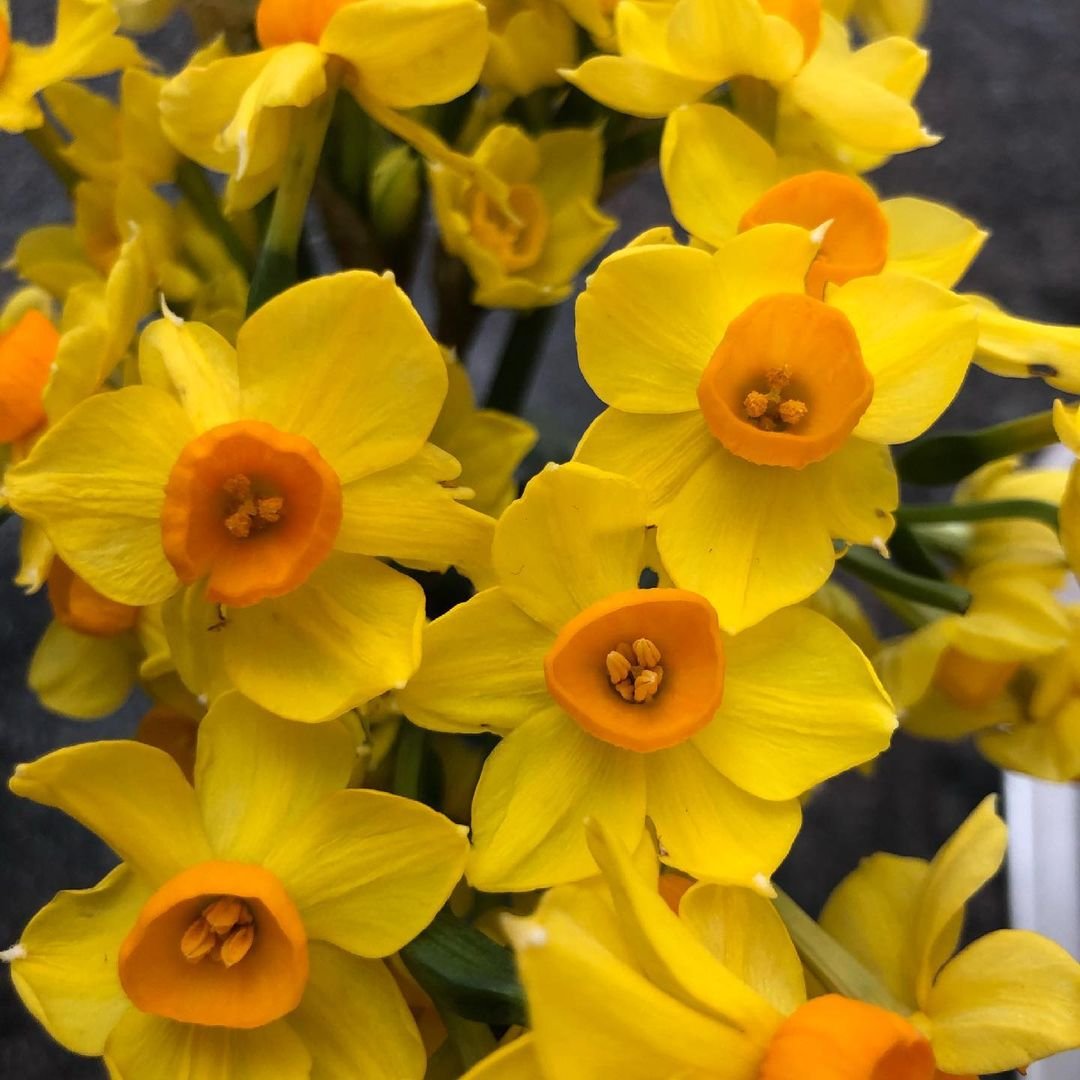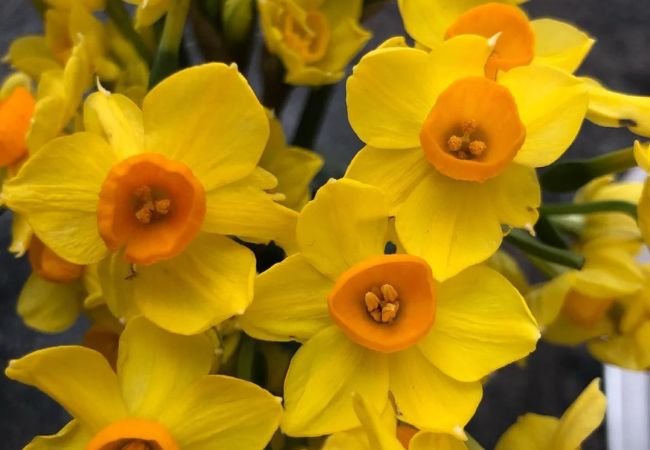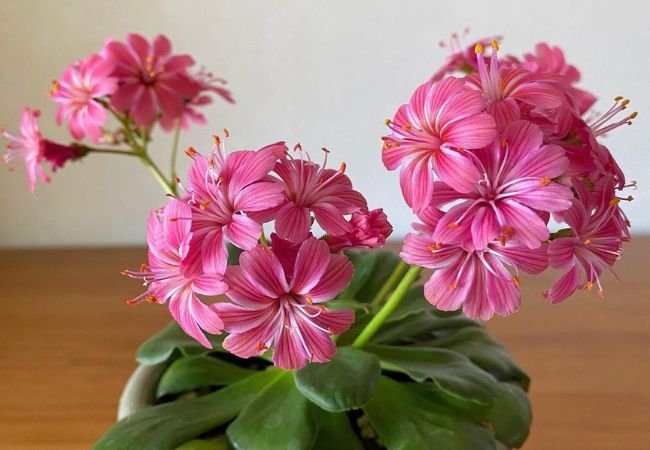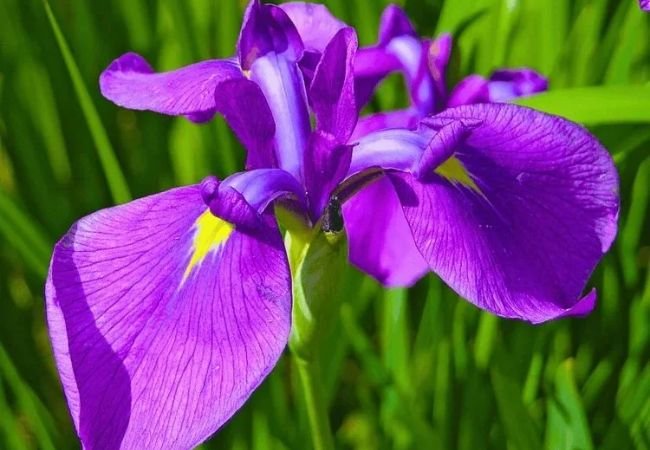Discover the charm of Jonquils flowers. Learn about their care, varieties and cultural significance. Perfect for gardeners and spring flower enthusiasts.
Jonquils are cheerful, trumpet-shaped flowers that herald the arrival of spring. Often confused with daffodils, these bright blooms have their own unique charm. In this article, we’ll explore jonquils, how to grow them and why they’re special.
Certainly! Here’s a chart with information about Jonquils flowers:
| Aspect | Details |
|---|---|
| Botanical Name | Narcissus jonquilla |
| Common Name | Jonquils, Jonquil |
| Plant Type | Bulbous perennial |
| Hardiness Zone | Zones 4-9 |
| Sun Exposure | Full sun to part shade |
| Soil Type | Well-drained, fertile soil |
| Watering Needs | Moderate; keep soil consistently moist during active growth |
| Growth Habit | Clumping, upright |
| Height/Spread | 6-18 inches tall / 3-6 inches spread |
| Special Features | Fragrant, yellow flowers with narrow leaves, early to mid-spring bloomer, deer-resistant, used in borders, rock gardens and as cut flowers |
What are Jonquil Flowers?

Jonquils (Narcissus jonquilla) are part of the Narcissus family, which includes daffodils. They’re known for their small, fragrant flowers that usually come in shades of yellow or white. Jonquils typically have one to five flowers per stem and narrow, rush-like leaves.
Some common types of jonquils include
- Single Jonquil: The classic variety with one flower per stem
- Double Jonquil: Has fuller, double flowers
- Sweetness: A popular variety known for its strong, sweet scent
The United States Department of Agriculture provides detailed information about the Narcissus jonquilla species.
Growing Jonquil Flowers
Jonquils are relatively easy to grow. Here are some tips:
- Sunlight: They prefer full sun to light shade.
- Soil: Well-draining soil is crucial. Add compost to improve drainage if needed.
- Planting: Plant bulbs in fall, about 6 inches deep and 4-6 inches apart.
- Water: Water well after planting, then let rain take care of watering needs.
- Fertilizer: Apply a balanced fertilizer when leaves emerge and after flowering.
The Clemson Cooperative Extension offers comprehensive care instructions for narcissus plants, including jonquils.
Caring for Jonquil Flowers
To keep your jonquils healthy and blooming:
- Leave foliage in place after blooming until it turns yellow. This helps feed the bulb for next year’s flowers.
- Divide clumps every 3-5 years if they become crowded.
- In warmer climates, dig up bulbs and store them in a cool, dry place over summer.
- Watch for pests like narcissus bulb flies or nematodes.
The University of Minnesota Extension provides detailed information on caring for spring-flowering bulbs like jonquils.
Uses of Jonquil Flowers
Jonquils have several uses:
- In Gardens: They’re perfect for borders, rock gardens, or naturalizing in lawns.
- As Cut Flowers: They make lovely bouquets, but keep them separate from other flowers as their sap can shorten the vase life of other blooms.
- For Fragrance: Their sweet scent makes them popular in perfumes.
- Symbolism: In the language of flowers, jonquils represent desire, affection returned and domestic happiness.
The United States National Arboretum features various collections that may include jonquils and related species.
Cultural Significance of Jonquils
Jonquils hold importance in various cultures:
- In Wales, it’s said that if you spot the first daffodil (or jonquil) of the season, your next 12 months will be filled with wealth.
- In China, narcissus flowers symbolize good fortune and prosperity for the new year.
- They’re the birth flower for March and the 10th wedding anniversary flower.
- In some parts of the United States, they’re known as buttercups.
The Smithsonian Gardens often provides insights into the cultural significance of various plants.
Interesting Facts About Jonquils
Did you know?
- The name “jonquil” comes from the Spanish word “junquillo,” meaning “rush,” referring to their rush-like leaves.
- All parts of the jonquil plant are poisonous if ingested, which helps protect them from pests.
- Jonquils are deer and rodent resistant due to their toxicity.
- They’re often used in cancer research because they contain compounds that may slow the growth of cancer cells.
The National Garden Bureau provides yearly information on various “plants of the year,” sometimes featuring bulbs like jonquils.
Jonquils are more than just pretty spring flowers. They’re easy to grow, fragrant and full of cultural significance. Whether you’re looking to brighten up your garden, create beautiful bouquets, or simply enjoy the arrival of spring, jonquils are a wonderful choice.
For more information on jonquils and other spring-flowering bulbs, visit the United States Botanic Garden website.
Remember, while jonquils are generally low-maintenance, it’s always best to consider your specific climate and garden conditions. Don’t hesitate to consult local gardening experts or botanical gardens for advice tailored to your area. Happy spring gardening!
For more gardening tips and plant care guides, visit usagardenhub.com.






